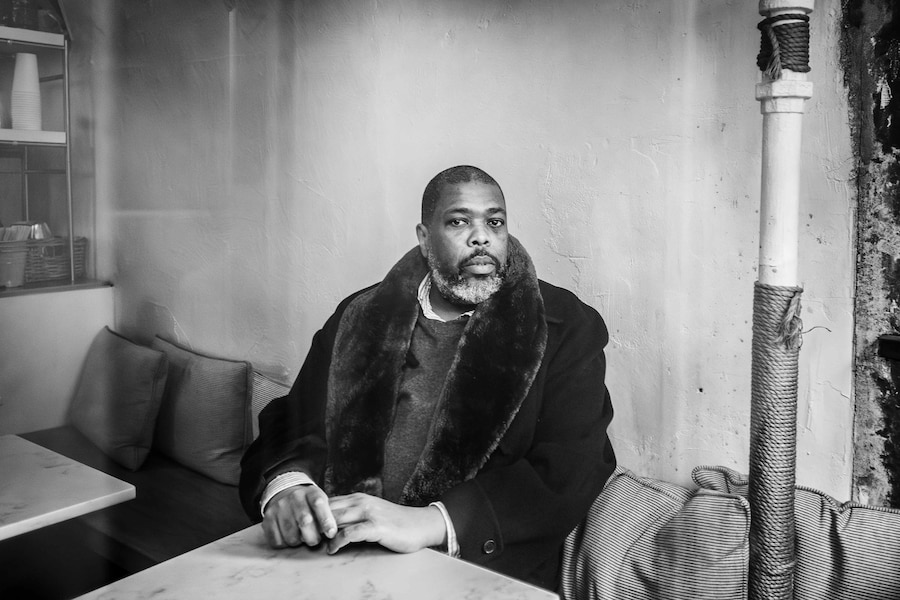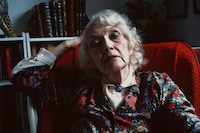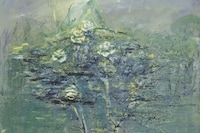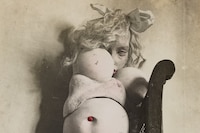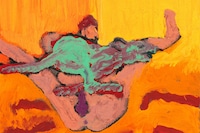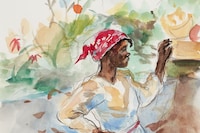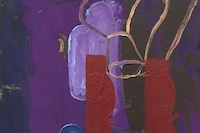Featuring the work of artists Kara Walker, Somaya Critchlow, Celia Paul and more, Hilton Als’ new London exhibition evokes the world of the Wide Sargasso Sea author
Jean Rhys refused categorisation. Born in the late 1800s to a Welsh father and third-generation Creole mother in Dominica, Rhys was a white child in a primarily Black society. While she came to Europe in her teens, variously moving between France, the UK and the Netherlands, her writing retained a rich understanding of the place and culture of her birth. Her stories are full of complicated women, exploring the experience of exile and the power dynamics of sex and love through her lived understanding of racial and class complexities.
Her evocative prose is the starting point for Hilton Als’ new show at Michael Werner in London, which takes an experimental curatorial approach, drawing on artists past and present to evoke her world without neatly defining it. Als, an American writer with over 30 years’ experience at The New Yorker and a Pulitzer Prize for theatre criticism, often centres his curation around larger-than-life literary figures. In 2022, he delved into the world of Joan Didion at the Hammer Museum, and the next year, he examined James Baldwin and fellow voices of queer resistance at Washington’s National Portrait Gallery.
Als describes Jean Rhys as “a survivor”, a powerful writer who avoided simplifications of complex issues around race, money, sex and class. He notes that she is more widely known in the US than the UK, despite her years living in London and parallels with famous British writers such as Virginia Woolf and the Brontës. For Postures: Jean Rhys in the Modern World, Als has brought together a formidable selection of artists for a London audience, including existing pieces by Kara Walker, Leon Kossoff and Celia Paul that connect with Rhys’ writing, alongside new commissions by some of today’s most rousing names, such as Somaya Critchlow and Reggie Burrows Hodges.
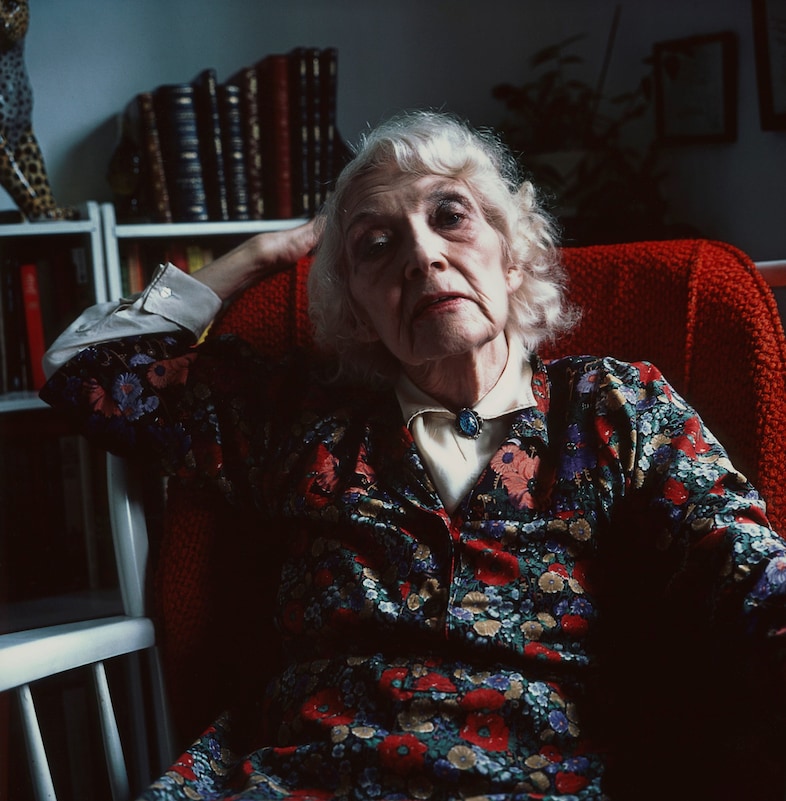
Some artists in the show are longtime admirers of the writer, while others are responding to her work for the first time. Together, the works invite viewers into Rhys’ creative landscape, in which the political and personal are intricately intertwined, her characters’ inner worlds spilling into the scenes that house them. Below, Hilton Als talks about his deep connection with the writing of Jean Rhys and the artists he has featured in the show.
“Rhys doesn’t judge any of her characters. The style of writing is not sentimental. There is a way of storytelling that is evocative without being directional. She describes the ways in which small-town life and mentality shapes the narrators’ consciousness. I also read Wide Sargasso Sea and Tigers Are Better-Looking, and was immediately immersed in her world. What I was responding to was that the fiction lived somewhere between something real and something she had added to. I found she had an enormous influence on people like Jamaica Kincaid and Derek Walcott.
“When I began to think about a show in London that would have a great resonance, I proposed Jean Rhys because of how things are changing in the discussion around colonialism. Her history and identification with Blackness got disrupted when she came to England and class became a greater part of the issue. She had a West Indian accent and was chided for an identification that she didn’t feel was wrong when she left Dominica. She stood outside of so many things at once. She stood outside of whiteness in Dominica, she stood outside of Englishness in England, she stood outside of Blackness even though she wrote beautifully in the Black patois voice in Let Them Call It Jazz. I was amazed by how she was able to get into the soul of that part of the world. Very quickly, she became the voice of a historical complication that was also emotional.
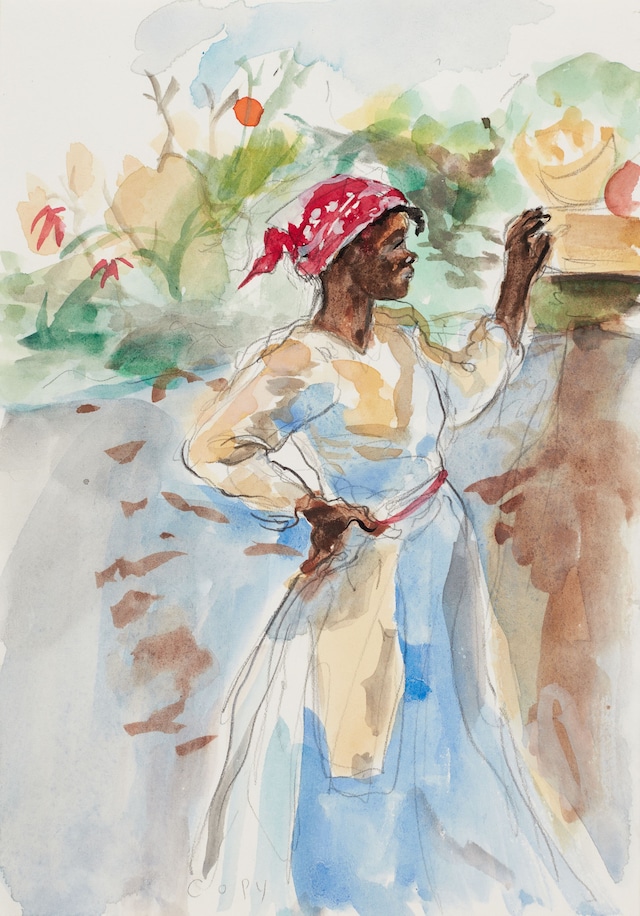
“[When curating an exhibition focused on a single writer], the starting point for me is dreaming. Where does the reading take me, in terms of visual information? It was essential to have women’s stories in the show. I remembered that Kara Walker had done a series about the West Indies which deals with sugar production, with exquisite drawings about colonisation. Celia Paul is always important to me. Her work represents the Brontës, who were very important to Jean Rhys, particularly Jane Eyre. In young adulthood, Rhys had a very hard life in London and Paris. A lot of her stories are about sex and I’m glad that Somaya Critchlow is in that section. I’m also glad to match her with Eugène Atget’s portraits of Parisian prostitutes in the 1920s.
“Literature belongs to the past and the present. Your life is informed in the present by what you’re reading. At the same time, you’re living in the past of someone else’s creation. Our lives become different as we live them. I think my understanding of Rhys’ work is so much more precious to me than when I was younger. When we’re younger, we take things for granted. It’s an honour to be with her texts. I don’t want to overstate what her work means to me, but I definitely want [viewers] to feel what it evokes in me.”
Postures: Jean Rhys in the Modern World is on show at Michael Werner in London from 12 September - 22 November 2025.
